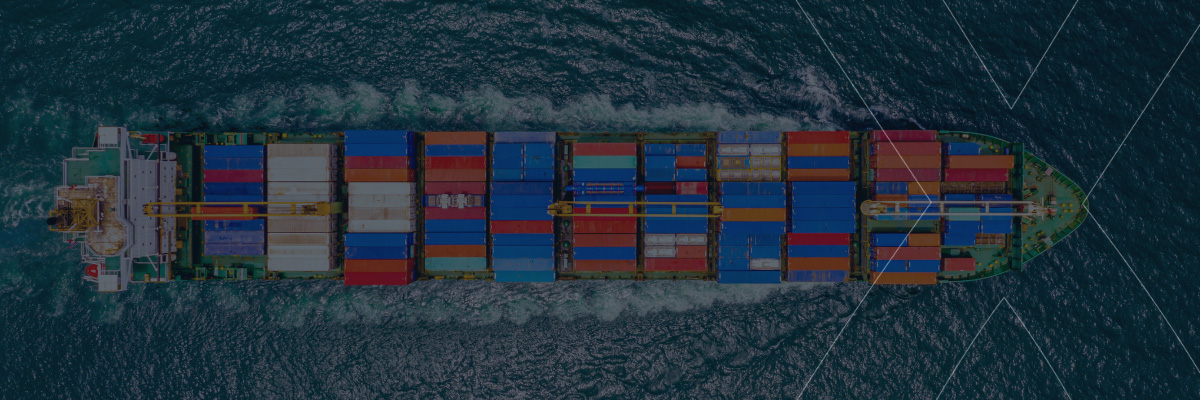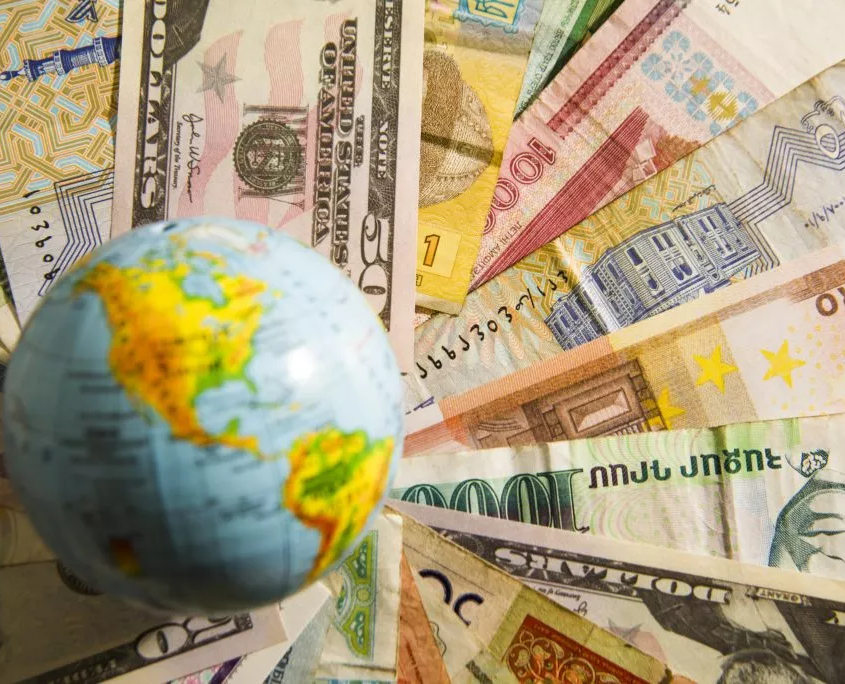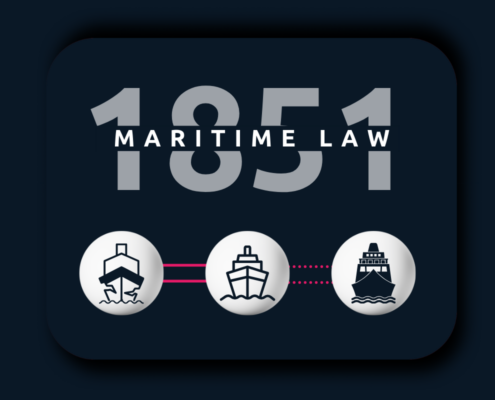Reading Time: 4 minutes
The Generalized System of Preferences (GSP) is a preferential tariff system that reduces customs duties and other tariffs associated with exporting goods. Tariff reductions are available to eligible developing countries.
The GSP was established in 1971 at the United Nations Conference on Trade and Development. It’s designed to promote sustainable economic growth, creating a trade environment for lesser developed countries.
Currently, 15 countries offer GSP schemes. Each system differs slightly from country to country, with some systems being more progressive than others.
Which Countries Grant GSP Preferences?
The countries and territories that currently offer a Generalized System of Preferences scheme are:
Armenia
Australia
Belarus
Canada
European Union
Iceland
Japan
Kazakhstan
New Zealand
Norway
The Russian Federation
Turkey
United Kingdom
United States of America
Countries offering the Generalized System of Preferences tend to have different levels depending on a country’s income.
Examples of the different GSP levels include:
Standard GSP
The standard Generalized System of Preferences is designed for low and low/mid-income countries. It includes partial or full removal of customs duties on two-thirds of tariff lines.
GSP +
The GSP+ scheme is designed for vulnerable low and low/mid-income countries. It sees tariffs cut to 0% if countries implement international conventions related to good governance and sustainable economic growth. It looks to incentivize improving human rights, labor rights, environmental laws, and more.
EBA (Everything But Arms)
The Everything But Arms GSP is for the least developed countries and offers duty and quota-free access for all products except arms and ammunition.
African Growth and Opportunity Act (AGAO)
The African Growth and Opportunity Act is part of the US Generalized System of Preferences and is open to eligible sub-Saharan African countries. It offers duty-free access to the US for 1800 products, on top of the 5000 GSP products.
Which Goods Qualify for Duty Free Import Under the GSP?
Each country with a GSP scheme will publish a list of eligible articles for duty-free import, which may vary from country to country. In the US, for example, there are around 3500 articles suitable for duty-free treatment from GSP beneficiaries, and a further 1500 articles are eligible for Least Developed Beneficiary Developing Countries (LDBCs).
Conditions of the Generalized System of Preferences
Each GSP system will have its conditions to determine eligible countries. Eligibility criteria are used to distinguish which countries fall into the developing country category and which level of GSP should be offered.
These conditions are likely to share many similarities. Examples of conditions of the Generalized System of Preferences may include:
- Tariff reductions will only apply to goods wholly grown, produced or manufactured within the beneficiary country
- For third-country goods to qualify for tariff reductions, they must have undergone significant transformation in the beneficiary country. Around 35% of the value of the product must be added.
- Goods must be imported directly from the GSP eligible country
- Eligible countries must not be communist
- Eligible countries should not participate in the worst forms of child labour
Documents Required for GSP Treatment
To receive GSP treatment, beneficiary countries are required to provide proof of eligibility, and this will include the GSP Declaration. You may also be asked to supply invoices, purchase orders, and production records.
Generalized System of Preferences (GSP) Countries
You can see which countries benefit from the Generalized System of Preferences in the UNCTAD List of Beneficiaries document. It details which countries receive GSP benefits from each donor country, and at which level the benefits are received.
GSP Products List
The list of GSP-eligible products from all beneficiary countries includes different types of articles. Some of the products involved include but aren’t limited to:
- Live birds of prey
- Whey protein concentrates
- Milk protein concentrates
- Dormant tulip bulbs
- Fresh cut lillies
- Radishes
- Brussel sprouts
- Cabbage
How Often are GSP Eligible Products and Countries Reviewed?
The list of articles eligible for duty-free export is usually reviewed by donor countries on an annual basis. They are able to remove or add any items to the list at this point.
Countries may also lose their GSP eligibility if they fail to meet the required conditions of the agreement. They may also out-qualify the Generalized System of Preferences after undergoing economic growth. Countries that are no longer going to receive GSP benefits will be given sufficient notice before relief is revoked.
If you are looking to import or export and aren’t sure of the process, TecEx can help. We offer professional Exporter of Record and Importer of Record services to ensure the safe arrival of your goods, every time.






